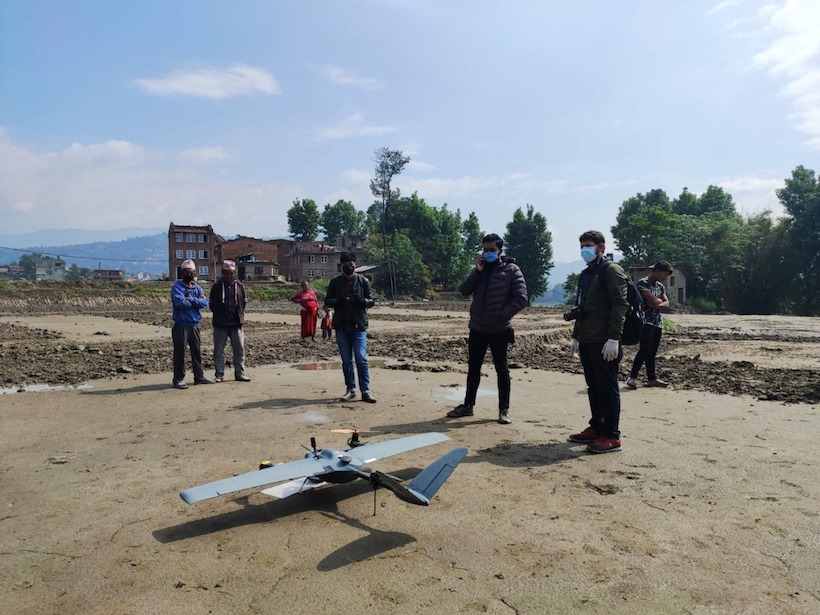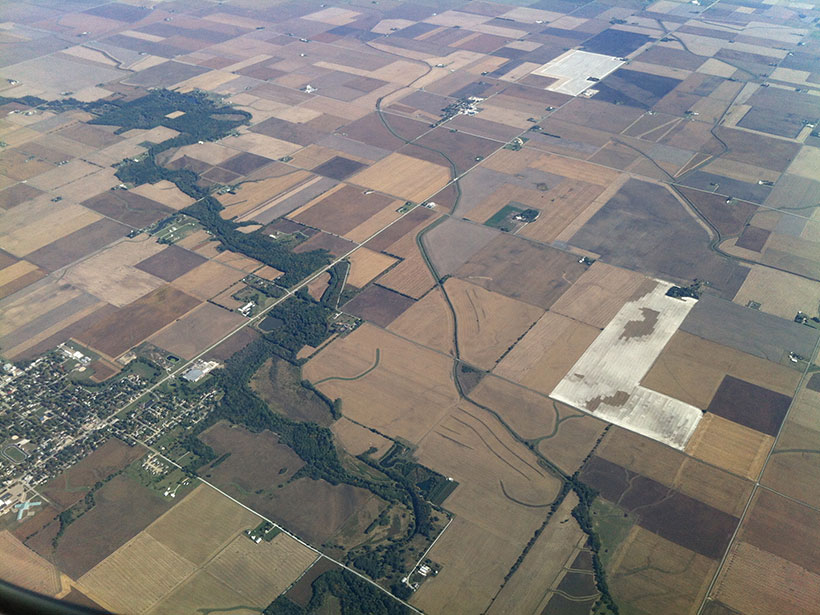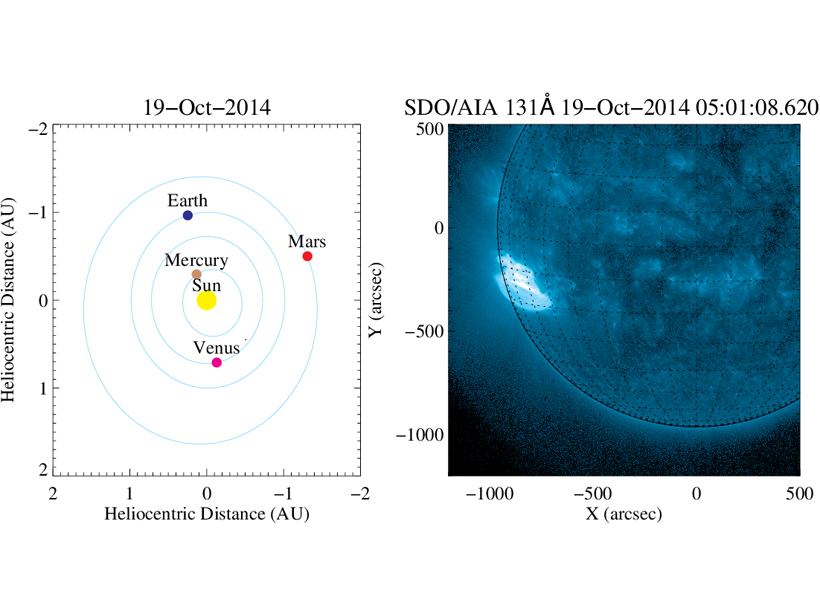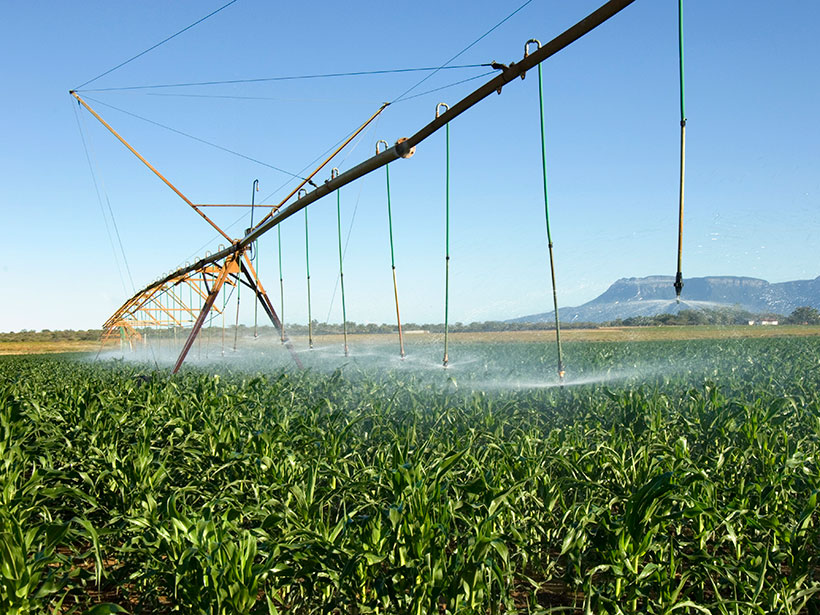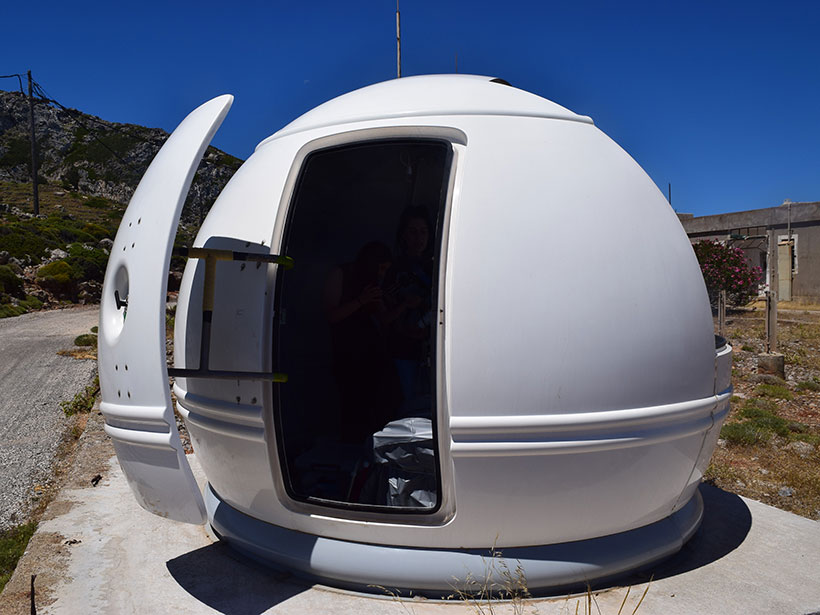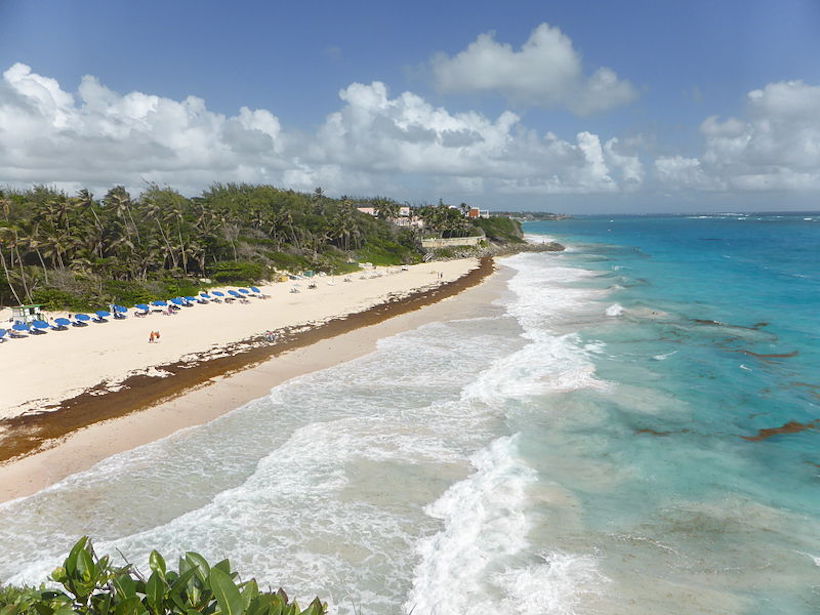Fiber-optic cables measured a 50% decline in Sand Hill Road traffic in March.
CC BY-NC-ND 2020
COVID Clears the Skies for Earth-Observing Drones in Nepal
When the pandemic hit Nepal and the country’s main airport drastically cut flights, a group of drone experts, local governments, and scientists saw a once-in-a-lifetime opportunity to gather geodata.
Climate Change May Shift Coral Population Dynamics
New paleoceanographic research indicates that warming waters may contribute to fewer coral reefs but to a flourishing presence of soft-bodied corals.
More Gas Wells Linked to More Symptoms in Pennsylvania Residents
Natural gas production has been booming in southwestern Pennsylvania, but it may also yield multiple health complaints, especially for residents surrounded by oil and gas facilities.
Leaded Soil Endangers Residents in New York Neighborhoods
New research documents dangerously high levels of lead in the soils of New York City parks and growing communities.
Critical Agents of Change at Earth’s Surface
By way of agriculture and industry, humans have major influences on the critical zone. Our past and present effects on the landscape, soil, and water will echo for a long time to come.
The Importance of Solar Lyman-alpha Emissions for Space Weather
Lyman-alpha emissions convey a major part of the solar-flare photon energy reaching Earth and play a significant role in flare-driven enhancements of ionospheric conductivity.
Minireservorios Podrían Salvar a Agricultores con Suelos Arenosos
Una tecnología de retención de agua subterránea recientemente reactivada podría conservar el agua y aumentar drásticamente el rendimiento de los cultivos en paisajes áridos con suelos arenosos como el África Subsahariana.
Have We Got Dust All Wrong?
Scientists are challenging conventional notions of how dust particles are aligned; “everything we’ve so far hypothesized about the impact of dust on the atmosphere might be misplaced.”
Saint Lucia Works to Release Itself from Sargassum’s Stranglehold
Nearly 10 years ago, Caribbean beaches experienced a sudden onslaught of Sargassum. Today residents continue to explore ways to mitigate the seaweed’s damage to local health and livelihoods.


